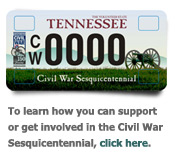Came across this while researching yesterday’s podcast, but sadly, the writing got away from me and I had to cut the reference. This is a really lovely callout to history – it wouldn’t fit on my podcast but I might just put it on my bucket list.
A tradition began Dec. 31, 1862, as many black churches held Watch Night services, awaiting word that Lincoln’s Emancipation Proclamation would take effect amid a bloody Civil War. Later, congregations listened as the president’s historic words were read aloud…
This year, the Watch Night tradition will follow the historic document to its home at the National Archives with a special midnight display planned with readings, songs and bell ringing among the nation’s founding documents…
“We will be calling back to an old tradition,” said U.S. Archivist David Ferriero, noting the proclamation’s legacy. “When you see thousands of people waiting in line in the dark and cold … we know that they’re not there just for words on paper.


